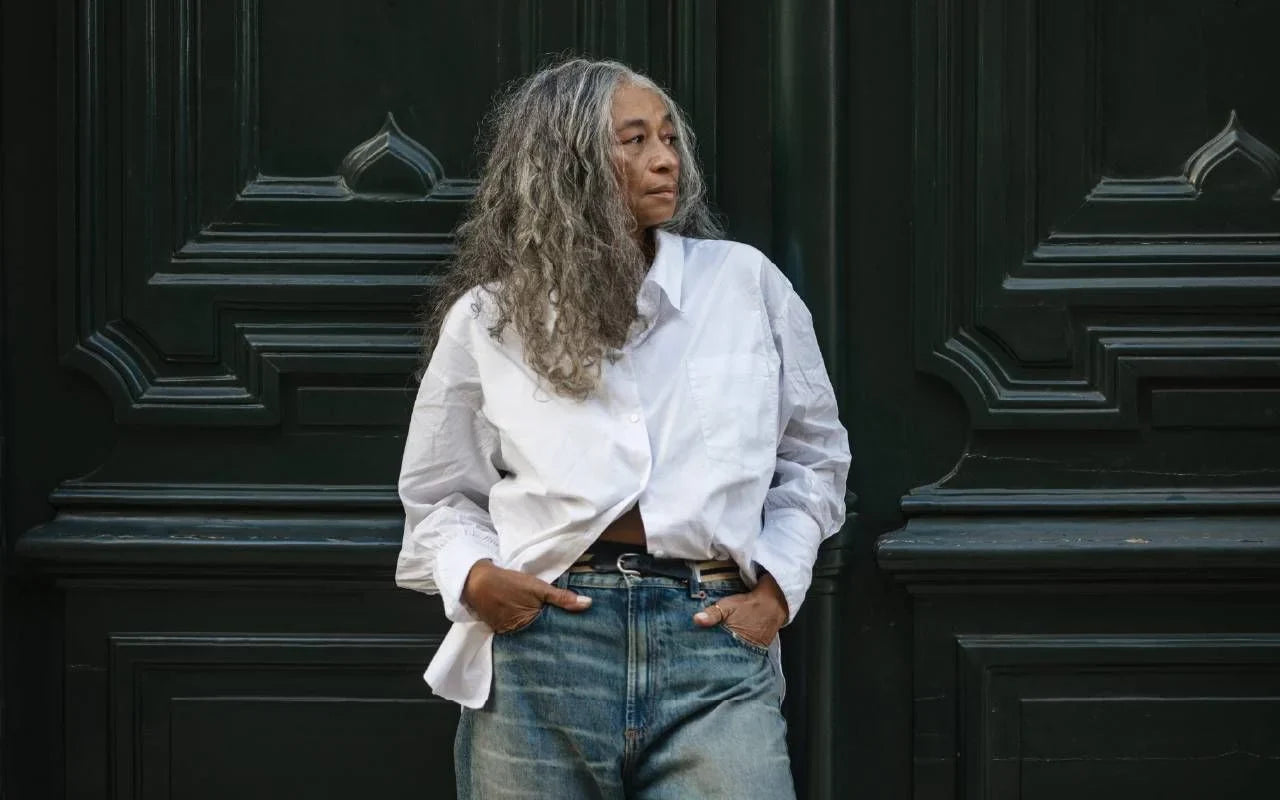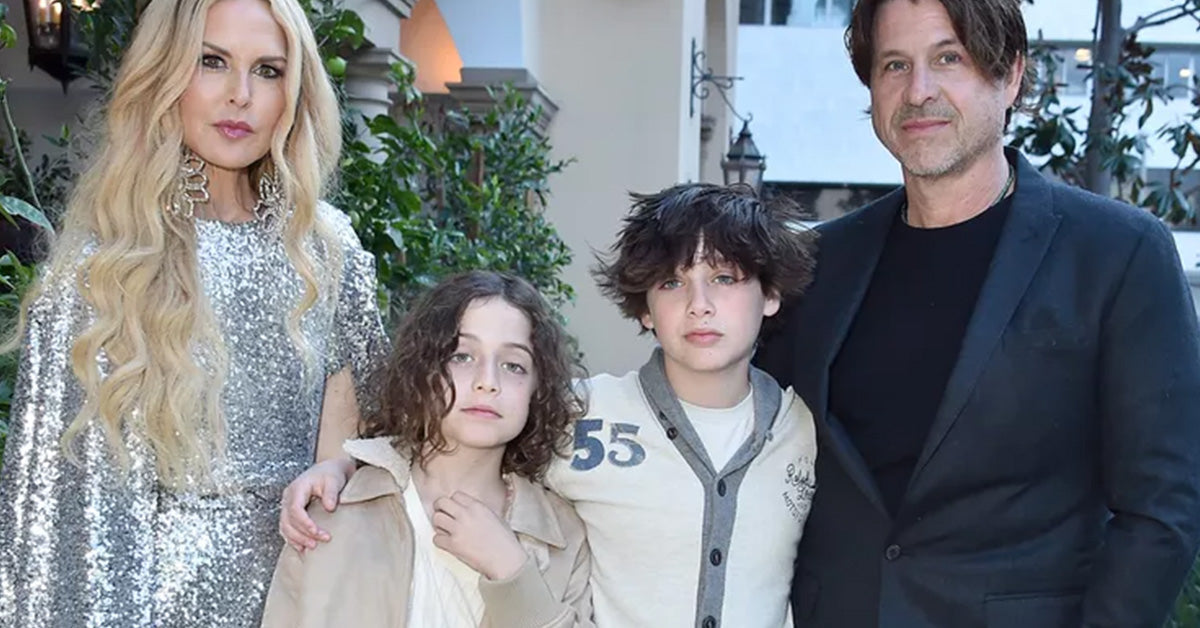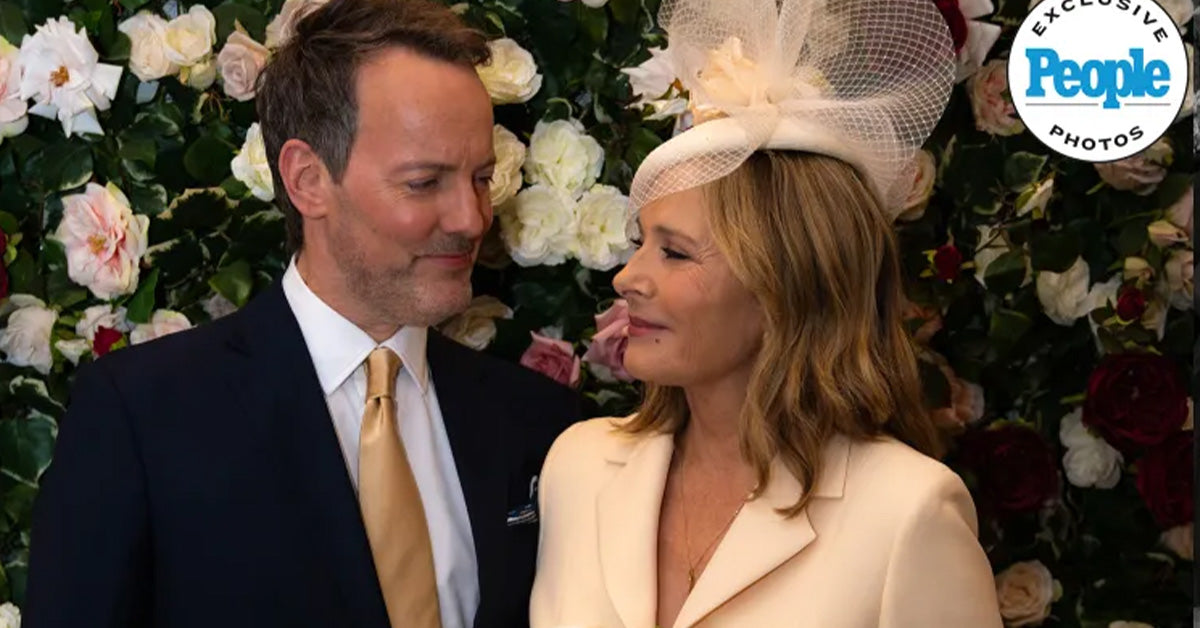Introduction: Fashion as Empowerment During Cancer
Facing a cancer diagnosis brings about many challenges, both physical and emotional. In the midst of treatment, patients often experience significant changes to their appearance, such as hair loss, weight fluctuations, and sensitive skin. For many, these changes can feel overwhelming and impact self-esteem. Yet, fashion and style can become powerful tools for reclaiming a sense of normalcy and confidence.
This editorial explores how cancer patients can stay stylish, why fashion matters during treatment, and what practical tips can help individuals feel their best throughout the journey.
Why Style Matters for Cancer Patients
Personal style isn’t just about clothes—it’s a form of self-expression. For cancer patients, maintaining a sense of style can provide:
- Control: Choosing what to wear offers a sense of agency during a time when much feels out of one’s hands.
- Confidence: Looking good often leads to feeling good, boosting morale and self-worth.
- Normalcy: Dressing with intention helps maintain routine and identity outside of the patient role.
- Social Connection: Positive feedback from loved ones and community can uplift spirits and foster connection.
While comfort is crucial, style doesn’t have to be sacrificed. Many patients discover new ways to express themselves through clothing, accessories, and beauty routines, even when facing the toughest days.
Challenges Cancer Patients Face With Fashion
The side effects of cancer treatments can dramatically affect the way patients dress. Here are some common challenges:
- Hair Loss: Chemotherapy often leads to hair thinning or baldness, which can impact self-image.
- Skin Sensitivity: Treatments can cause rashes, dryness, and new sensitivities to fabrics or detergents.
- Weight Changes: Medications and illness may lead to weight gain, loss, or shifts in body shape.
- Mobility and Energy: Fatigue or surgical procedures might make dressing physically difficult.
- Medical Devices: Ports, PICC lines, and surgical scars require adaptable clothing choices.
Awareness of these challenges is the first step to finding solutions that support both comfort and style.
Finding Your Fashion Voice During Treatment
Fashion can be a form of healing. By embracing creative solutions, patients can turn obstacles into opportunities for self-expression.
- Experiment with Color: Bright hues and bold patterns can uplift your mood and signal positivity to others.
- Layering: Scarves, shawls, and cardigans provide warmth and comfort, while also camouflaging medical devices or scars.
- Accessorize: Hats, turbans, and statement earrings draw attention to the face and can be a stylish way to address hair loss.
- Adaptable Footwear: Swollen feet or neuropathy may require soft, supportive shoes that don’t sacrifice style.
- Embrace Soft Fabrics: Choose natural, breathable materials like cotton, bamboo, or modal to avoid irritating sensitive skin.
By mixing and matching these approaches, patients can create outfits that reflect their personality and adapt to changing needs.
Wardrobe Essentials for Cancer Patients
Building a cancer-friendly wardrobe doesn’t mean starting from scratch. Focus on versatile pieces that prioritize comfort and style:
- Button-Down Shirts: Easy to put on and take off, especially after surgery or with limited range of motion.
- Loose-Fitting Tops: Tunics and oversized shirts accommodate fluctuations in weight and are gentle on the skin.
- Stretchy Pants and Leggings: Offer comfort without constriction and are easy to wear during long treatments.
- Wrap Dresses: Adjustable and flattering for a changing body shape, and easy to dress up or down.
- Soft Bras and Bralettes: Wireless options provide gentle support without irritation.
- Scarves and Headwear: Provide both coverage and style for hair loss, and can be coordinated with outfits.
These items create a flexible foundation for daily dressing, helping patients feel put-together with minimal effort.
Headwear: Scarves, Hats, and Wigs
Hair loss can be an emotional hurdle for many cancer patients. Fortunately, the world of headwear offers endless possibilities:
- Scarves: Available in a variety of colors and patterns, scarves can be tied in multiple ways to suit any mood or occasion.
- Hats: From wide-brimmed sun hats to cozy beanies, hats protect sensitive scalps and add flair to any look.
- Wigs: Modern wigs are lightweight, realistic, and available in numerous styles, empowering patients to experiment with new looks.
- Turbans and Headwraps: Soft, stretchy fabrics make these comfortable all day and easy to coordinate with outfits.
Trying different headwear can be a fun and empowering way to reclaim control over one’s image during a time of uncertainty.
Beauty and Makeup Tips for Sensitive Skin
Cancer treatments often cause skin to become sensitive or prone to dryness. With a few adjustments, makeup and skincare can still be a source of joy:
- Hydration: Choose gentle, fragrance-free moisturizers to keep skin soft and supple.
- SPF Protection: Sun sensitivity is common; always use a broad-spectrum sunscreen when outdoors.
- Gentle Makeup: Hypoallergenic and non-comedogenic products minimize irritation.
- Brow and Lash Enhancements: If eyebrows or lashes thin, consider gentle brow pencils, powders, or magnetic lashes.
- Bold Lips or Cheeks: A pop of color can instantly brighten the face and boost confidence, even on no-makeup days.
Remember, makeup isn’t mandatory. For some, embracing a natural look feels most authentic. The choice is deeply personal.
Community Support and Fashion Resources
No one should have to navigate cancer alone. Many organizations and individuals are dedicated to helping patients stay stylish:
- Support Groups: Local and online communities often share clothing swaps, headwear tutorials, and style inspiration.
- Fashion Designers: Some designers specialize in adaptive clothing tailored for medical needs, ensuring comfort and style.
- Workshops and Classes: Many cancer centers offer beauty and self-care sessions, where patients can learn new styling techniques together.
It’s empowering to connect with others facing similar challenges, share tips, and celebrate one another’s fashion victories.
Stories of Style: Inspiration from Survivors
Many cancer survivors have turned their fashion journeys into sources of inspiration for others. Personal blogs, Instagram accounts, and memoirs are filled with stories of resilience, resourcefulness, and creativity.
From designing their own headscarves to developing clothing lines for fellow patients, these individuals remind us that style can be a beacon of hope and self-expression. Their courage to be seen, just as they are, helps break down stigmas and encourages others to embrace their unique beauty.
Conclusion: Embracing Style on Your Terms
Staying stylish during cancer is about more than appearances—it’s about reclaiming identity, boosting confidence, and nurturing the spirit. Whether through a favorite scarf, a bold lipstick, or a comfortable pair of pants, fashion can be a daily act of self-care and resilience.
Every patient’s journey is unique. The key is to honor your own preferences, adapt to your needs, and seek inspiration from the wider community. In doing so, style becomes not just a way to look good, but a way to feel strong, empowered, and truly yourself—no matter what life brings.











